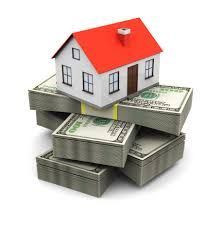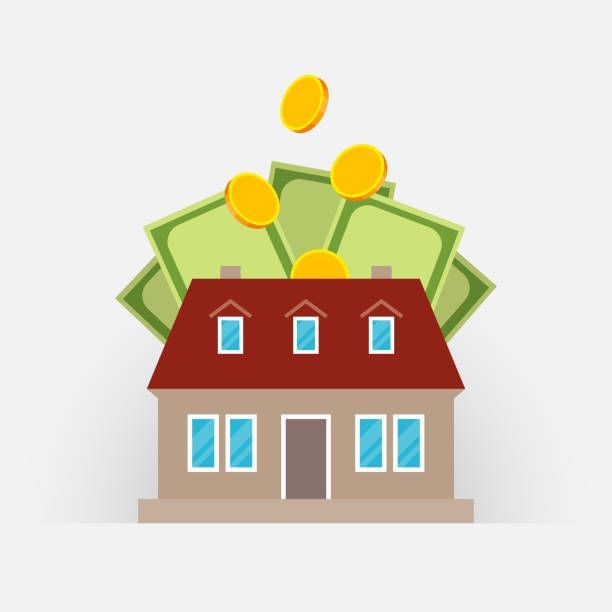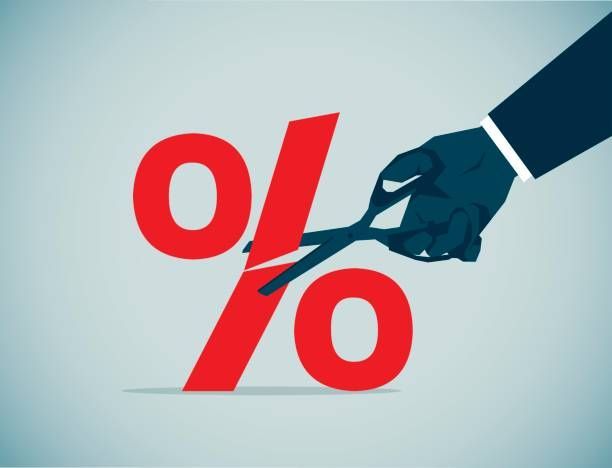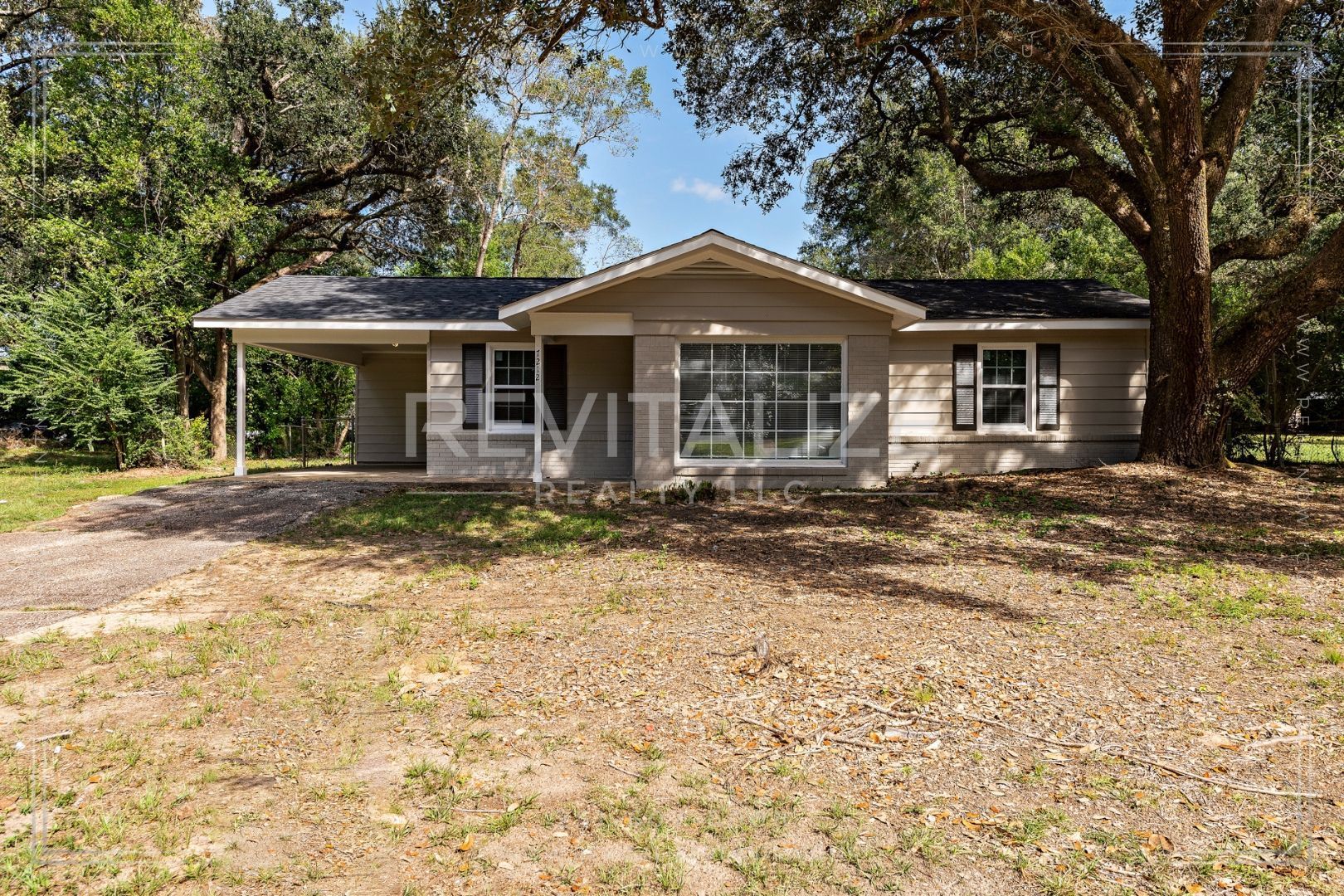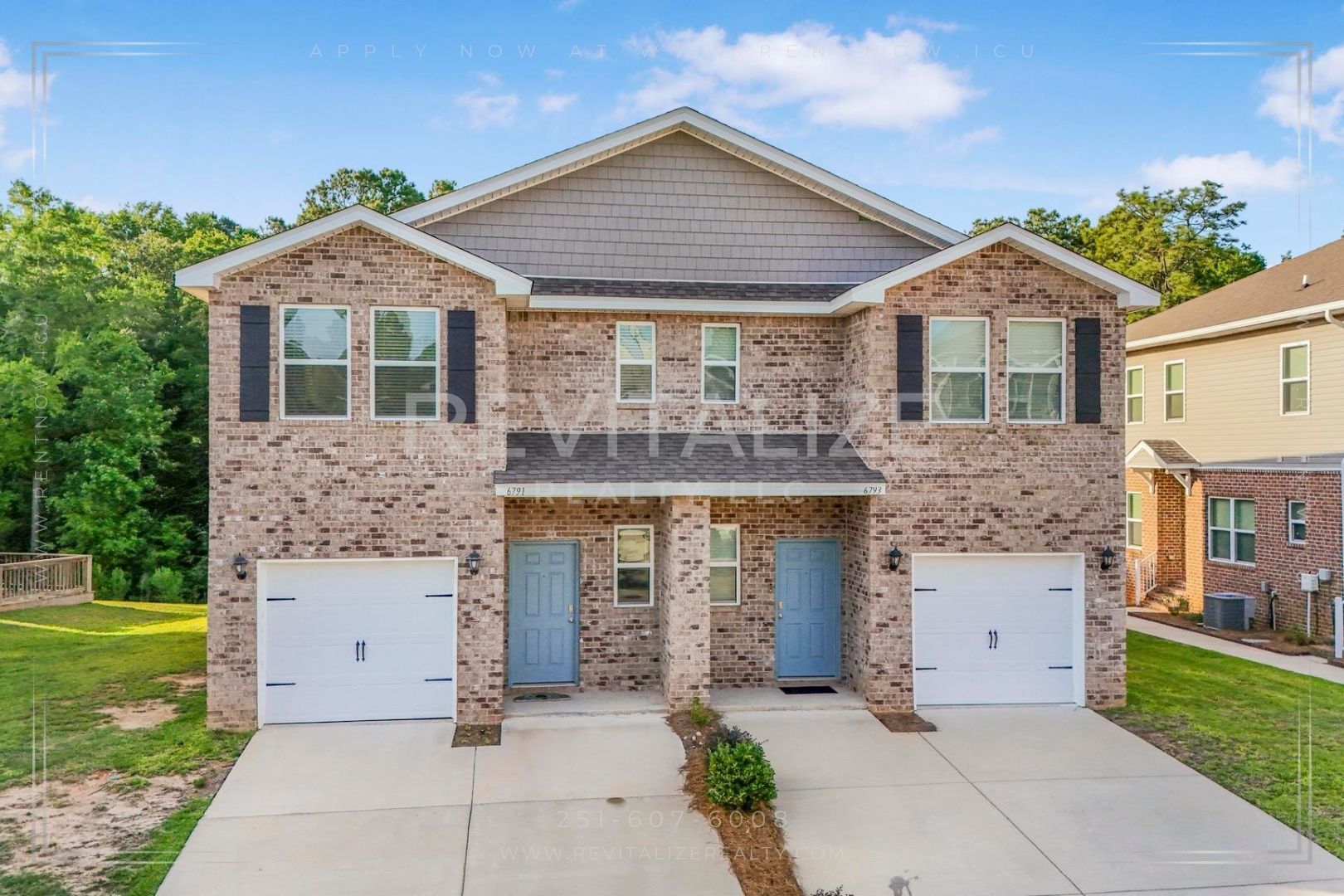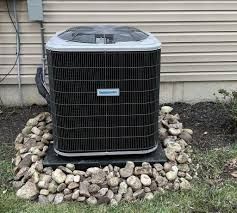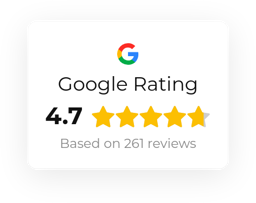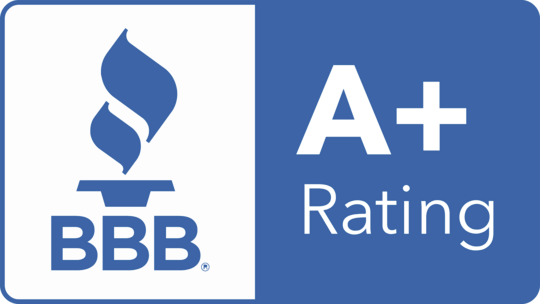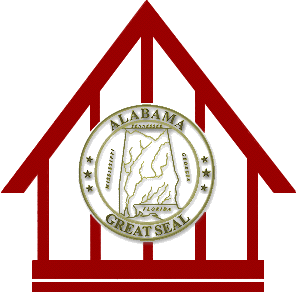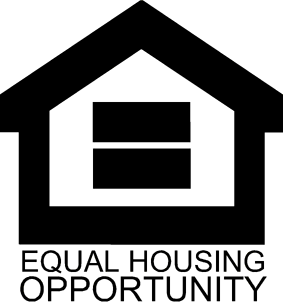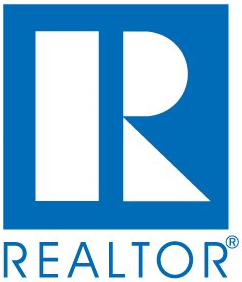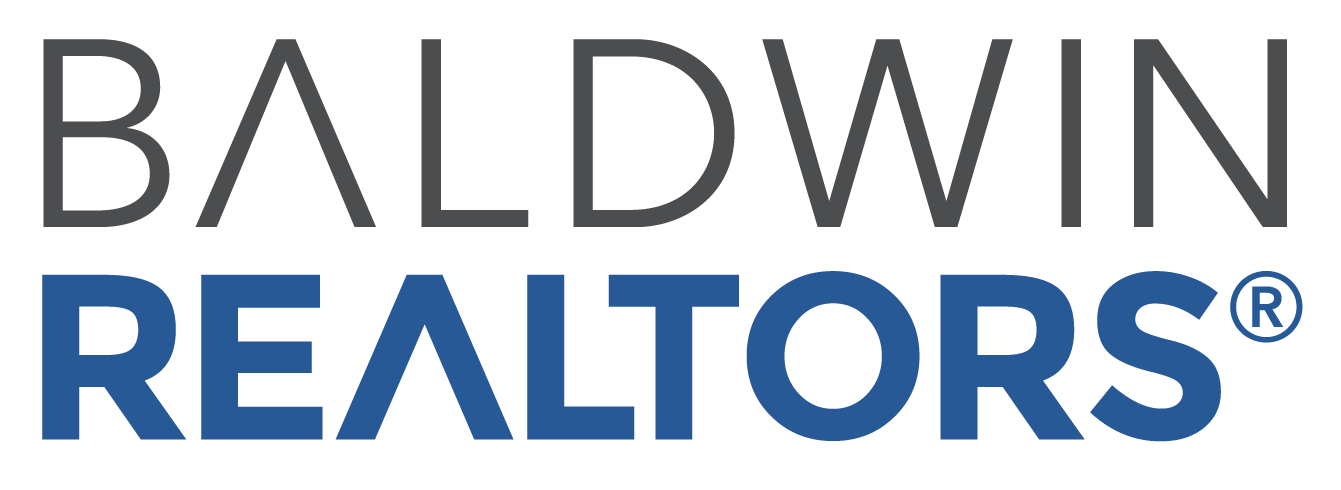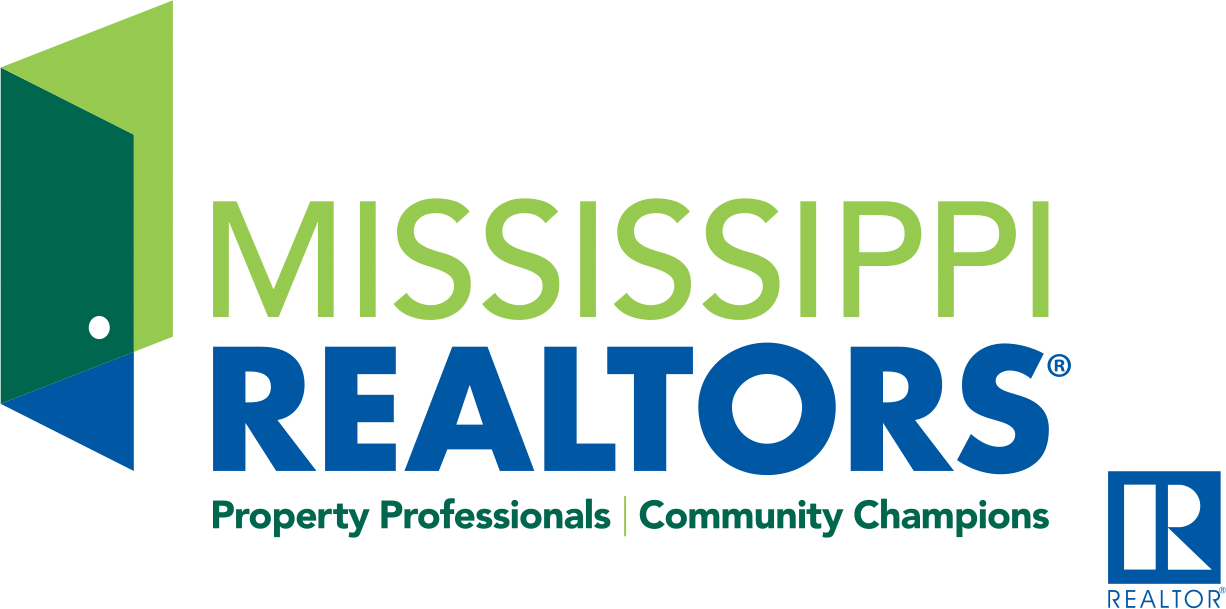Mortgage Rate Shifts & Sales Growth
What It Means for Alabama’s Rental Market
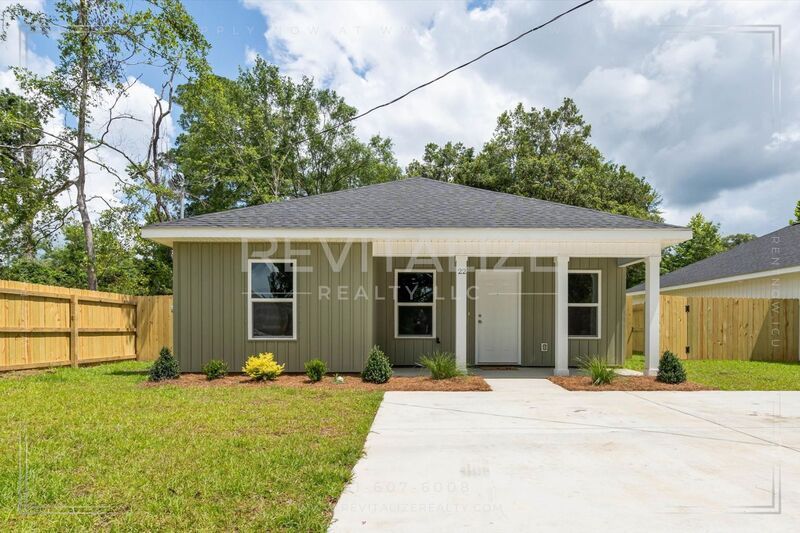
Alabama’s Q2 housing report signals a market in motion, with rising sales, growing listings, and steady price gains pushing the state closer to a more balanced housing landscape. As mortgage rates stabilize in the 6.5%–6.7% range, buyers are slowly returning—but affordability pressures continue to reshape the game ([†turn0search0]).
🔺 Mortgage Rates & Renting Versus Buying
While rates remain elevated compared to the 3%–4% norms of the early 2020s, they are gradually easing from prior highs. This slower decline in borrowing costs keeps monthly mortgage payments relatively expensive, especially at today's median home prices, which exceed $230,000 across Alabama ([†turn0search7]).
For many would-be homeowners, particularly first-timers, this means renting remains a more affordable and attractive option—at least for now. With borrowing less affordable, renters are likely to stay longer. This sustained demand can strengthen the rental market, prompting landlords to maintain strong occupancy and, in some cases, modest rent increases.
🏠 More Sales = Shrinking Inventory = Rental Demand
Alabama saw about 29,364 home sales through May, up 8.5% year-over-year, alongside a nearly 25% increase in active listings—a significant reversal from earlier in 2024 ([†turn0search0]). Still, despite listings rising, competition remains tight in much of the state.
Because owner-occupied properties are being absorbed faster than they’re replaced—and first-time buyers struggle under rate pressure—some prospective buyers remain renting longer. That shift adds upward pressure to rental demand, especially in midsize cities like Mobile, Birmingham, and Huntsville.
📉 Moderating Price Growth & Rental Affordability
While Alabama’s median home price rose year-over-year, growth is modest—around 1%–2% above inflation in recent months ([†turn0search0]). This slower pace offers opportunity but doesn’t fundamentally ease affordability. As rents follow home prices, cost-sensitive renters may increasingly feel the pinch.
However, for areas with slower home price appreciation, rents may stay relatively steady. In those markets, landlords may be motivated to keep rent growth manageable to maintain competition with homeownership.
👥 Investor Activity & Rental Supply
Interestingly, institutional investors continue to hold a sizable share of the Alabama housing market. In Q1 2025, Alabama ranked first in the U.S. for investor home purchases—nearly 11% of all sales, typically in entry-level price brackets (~$151K), which often become rentals ([†turn0news25]). That trend strengthens the supply of rental housing but may also contribute to greater rent competition in affordable neighborhoods.
✅ Bottom Line for the Rental Market
Rising mortgage rates restrain buying power, encouraging longer rental tenures and robust demand.
Sales momentum and active listings indicate healthy market turnover but limited inventory growth, supporting rental occupancy.
Slow-to-moderate home price gains may translate into steady—but not runaway—rent increases.
Investor purchases are keeping affordable rental stock available but may intensify landlord competition.
For property managers, landlords, and renters alike, staying informed is key. Alabama’s housing market is adapting to its new normal—elevated interest rates, moderate sales growth, and cautious optimism. For renters, rising home prices and rates reinforce the value of rental stability. For rental providers, there’s opportunity—but also the need to balance rent growth with tenant affordability in the months ahead.

